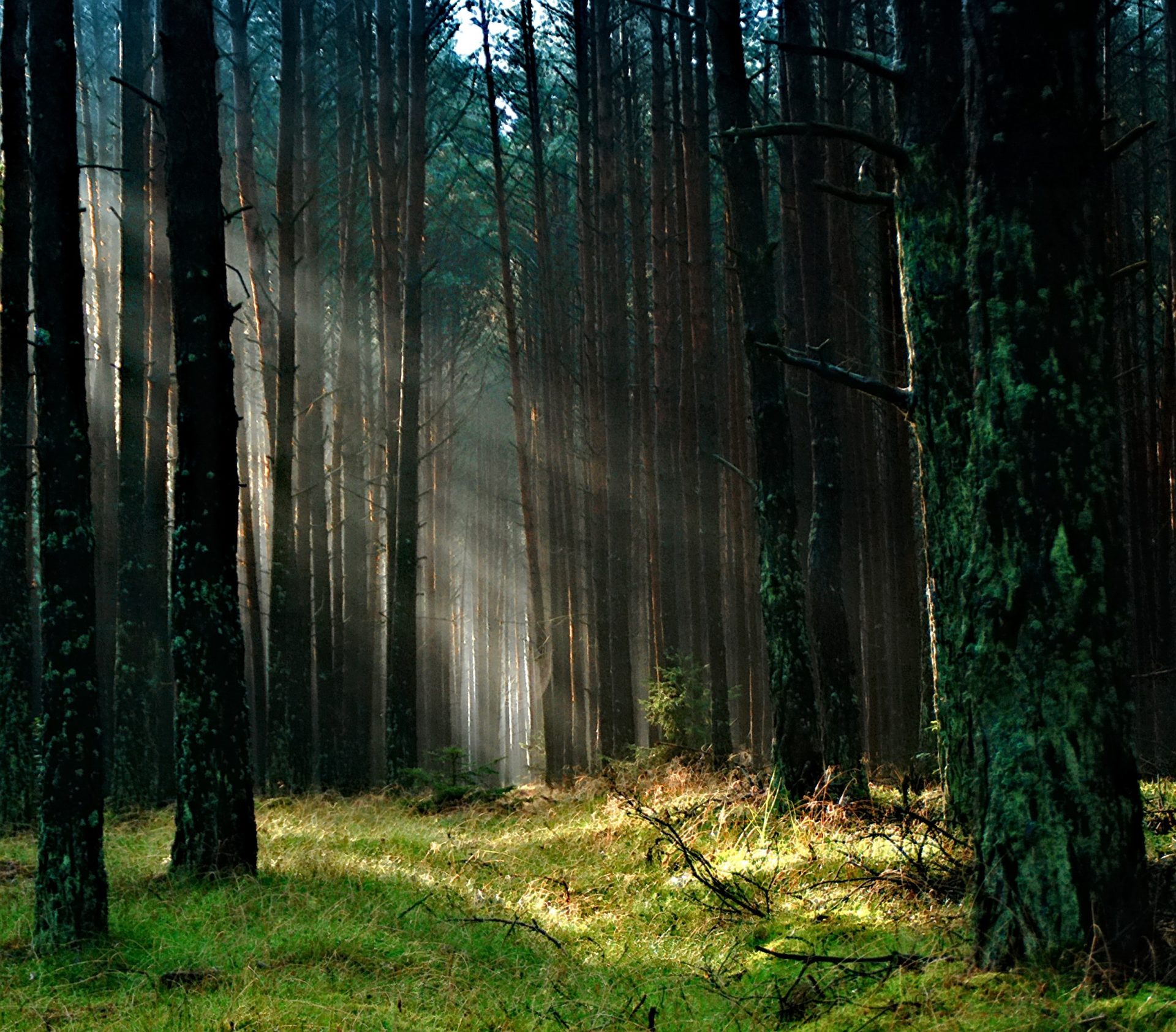ISLAMABAD, June 3: Boosting tree covers in urban areas through sustainable and community-centric urban forestry progrmmes can help transform cities into more sustainable, heat wave and urban flood-resilient, healthy, equitable and livable places, Climate Change Ministry mediaperson and environmental education specialist Mohammad Saleem said.
“Without adequate investments in urban forestry programmes that also involves communities, students, corporate sector and other civil society organizations, the country’s urban areas including Karachi, Hyderabad, Nawabshah, Lahore, Multan , Faisalabad, Peshawar, Rawalpindi and Islamabad will continue to remain increasingly vulnerable to various socio-economic, environmental and climate change-related problems, he told media here on Sunday.
The ministry official told media further that making cities to maximise the contribution of urban forests to addressing environmental and climate change-related challenges, particularly heat waves and urban-flooding will require developing an enabling environment for urban forestry through appropriate governance, policies and legal frameworks.
It would also call for hammering out measures needed for successful urban forestry programmes and how to implement them. These could include measures on communication and awareness-raising, community engagement, building alliances and partnerships, and identifying research needs for making cities more sustainable and resilient, reducing poverty and hunger, enhancing natural habitat and fostering sustainable economic growth, he added.
Explaining about various benefits of the urban forestry, the climate change ministry official said that large urban trees are excellent filters for urban pollutants and fine particulates. The trees in cities and towns can also provide food, such as fruits, nuts and leaves.
Spending time near trees improves physical and mental health by increasing energy level and speed of recovery, while decreasing blood pressure and stress, the mediaperson Mohamamd Saleem highlighted.
Talking about role of urban trees in talking heat wave impacts in urban areas, he said that trees, when planted properly around buildings, can lead to reduction air conditioning needs by 30 percent, save energy used for heating by 20–50 percent during winter season and increase property values by 20 percent.
Quoting a study of the UN’s Food and Agriculture (FAO), the ministry official Mohammad Saleem, pointed out, “Planting trees in urban areas could help cool the temperature by between two to eight degree Celsius. This would help cut use of air conditioners by more than 30 percent and lead to savings in energy bills by around 40 percent, use of which is one major cause of the heat accumulation in urban centers.”
However, there is pressing need for people to realize that urban forestry is the most viable, effective and cheapest way to protect country’s urban areas from becoming extremely warm and highly vulnerable to heat waves, the official stressed.
The climate change mediaperson Mohammad Saleem stated, “Our cities and towns have now become recently hotter than their adjoining or nearby rural areas for various reasons and increasing green areas and planting more trees in the cities and towns is the most effective and cheapest way to cope with heat wave impacts that poses growing risk to lives and livelihoods in urban centres of the country.”
Counting key causes of the heat accumulation in cities that make the city extremely warm places, he said removal of green areas, tree cutting, rapid rise in motor vehicles, soaring building construction activities, modification of land surfaces, emission of heat from air conditioning units and encroachment on natural waterways or rainwater drains have already converted the urban centres such as Karachi, Lahore, Nawabshah, Sukkur, Larkana, Multan, Faislabad, Bahawalpur, Jhang Rawalpind, Peshawari into heat islands, making them gradually unlivable places.
The ministry official highlighted that these natural waterways that snake through these urban centres, many of which are removed or encroached upon, used to provide natural cooling effect when wind passed across through them during sweltering summer months. However, there is urgent need to restore them to their original status for reducing heat wave impacts in cities.
